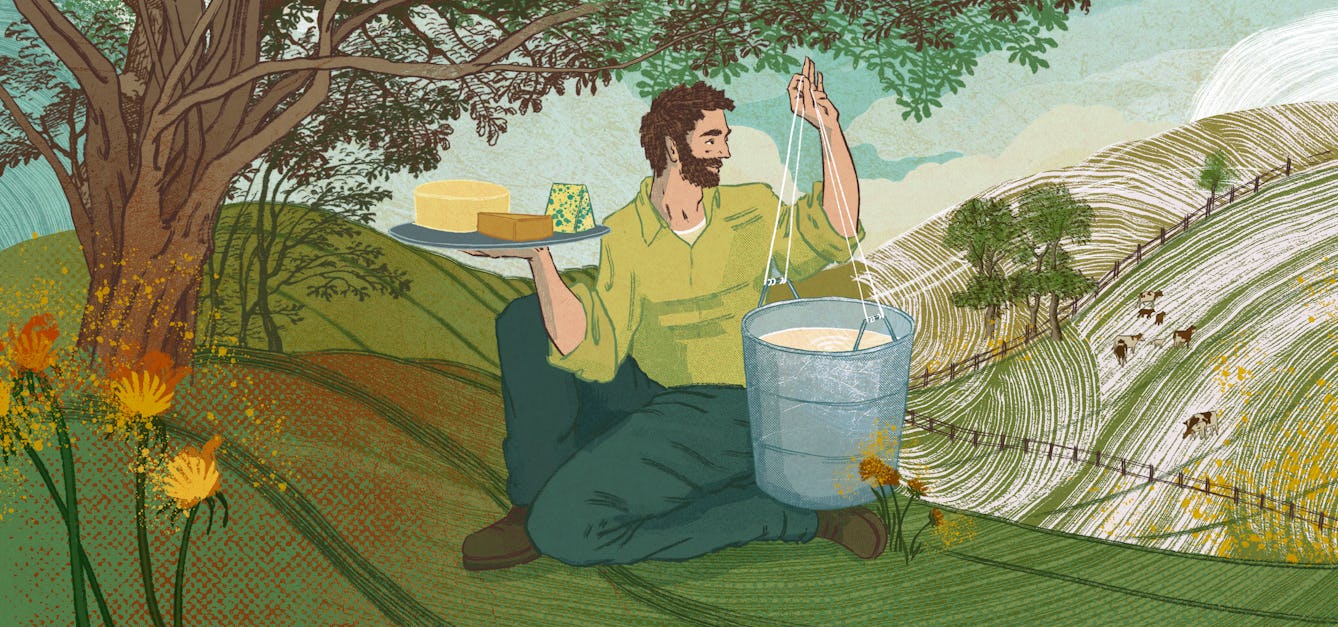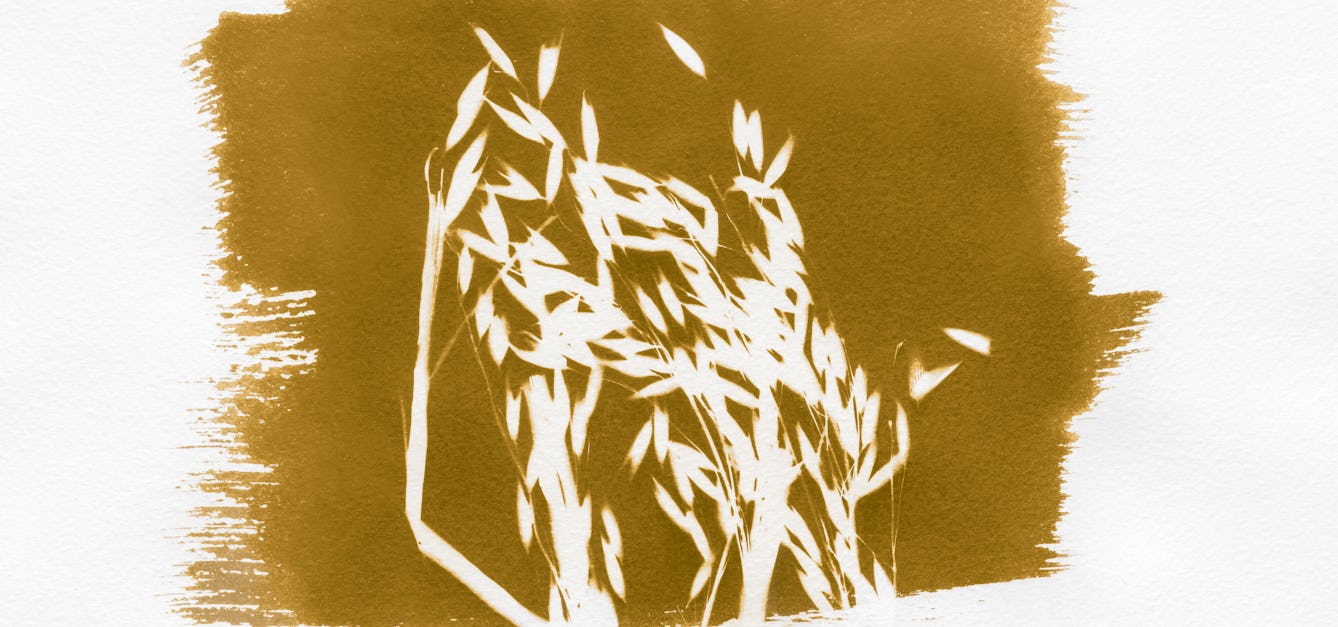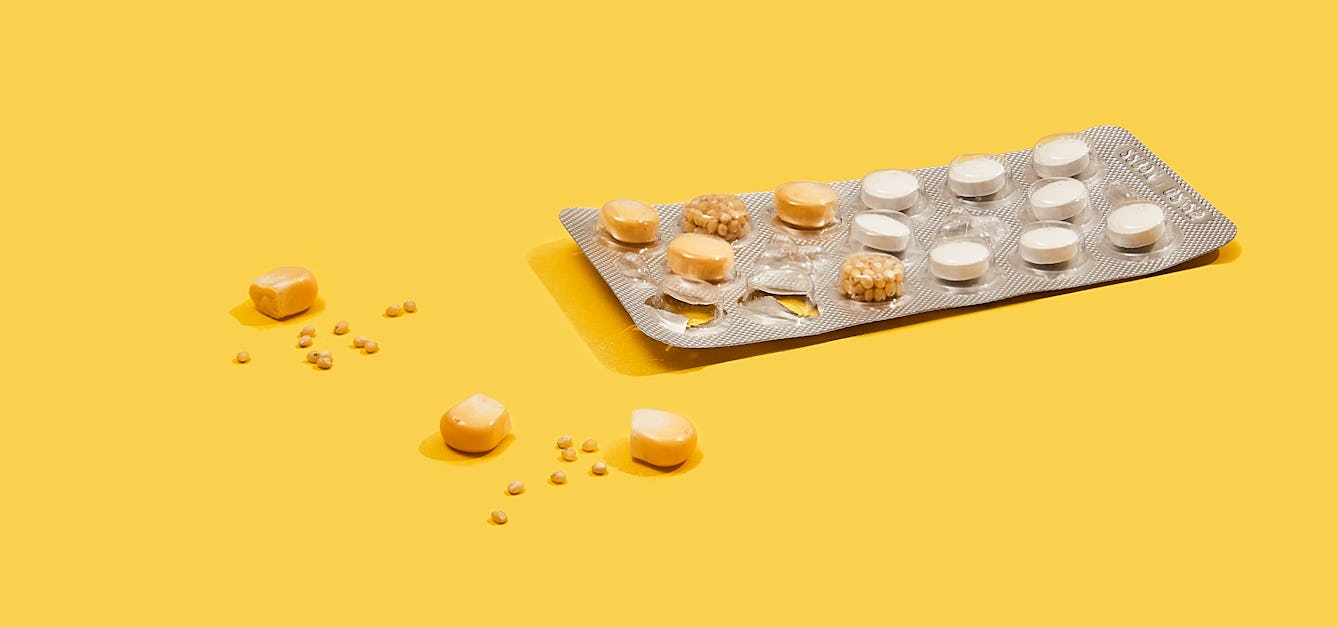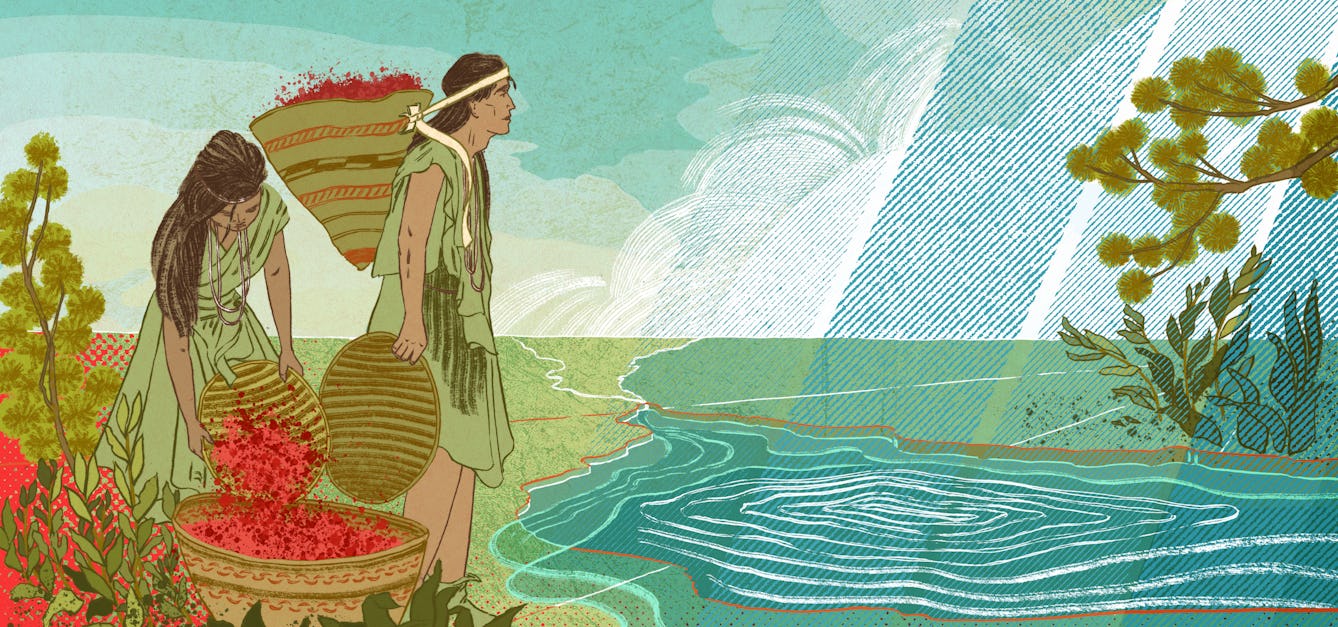Stories

- Article
Soil health and dairy farming in the UK
Although healthy soil means more nutritious dairy products, modern intensive farming methods pollute and degrade the environment. However, a regenerative agriculture movement is kicking back against mainstream industrial farming.

- Podcast
Farmland
Fruit and vegetables link our hungry bodies to the world of plants. Yet many of us have little understanding of the farming industry and the impact that bringing crops to our plates has on the planet.

- Article
Thomas Sankara and the stomachs that made themselves heard
Thomas Sankara’s vision to transform farming and health in Burkina Faso turned to dust with his assassination. Perry Blankson highlights the considerable achievements of Sankara’s brief span in power.

- Article
How Californian dairy farmers stole a way of life
When European settlers drained a beautiful Californian lake to provide dairy grazing, the lives of nearby Native American peoples changed out of all recognition. But recent rainfall is strengthening hopes of a return to the old ways.
Catalogue
- Books
Report from the Danish Working Group on the Co-existence of Genetically Modified Crops with Conventional and Organic Crops / Karl Tolstrup ... [and others].
Date: 2003- Books
Protein feeds for farm livestock in the U.K. / report prepared by the Working Group on Protein Crops in British Agriculture.
Joint Consultative Organisation for Research and Development in Agriculture and Food. Working Group on Protein Crops in British Agriculture.Date: 1976- Books
New choices new challenges new approaches : moving forward in the GM crops debate / Agricultural Biotechnology Council.
Agricultural Biotechnology Council (Great Britain)Date: 2002- Journals
- Online
Field crops research
Date: 1978-- Books
Adoption of bioengineered crops / Jorge Fernandez-Cornejo, William D. McBride.
Fernandez-Cornejo, Jorge.Date: 2005









